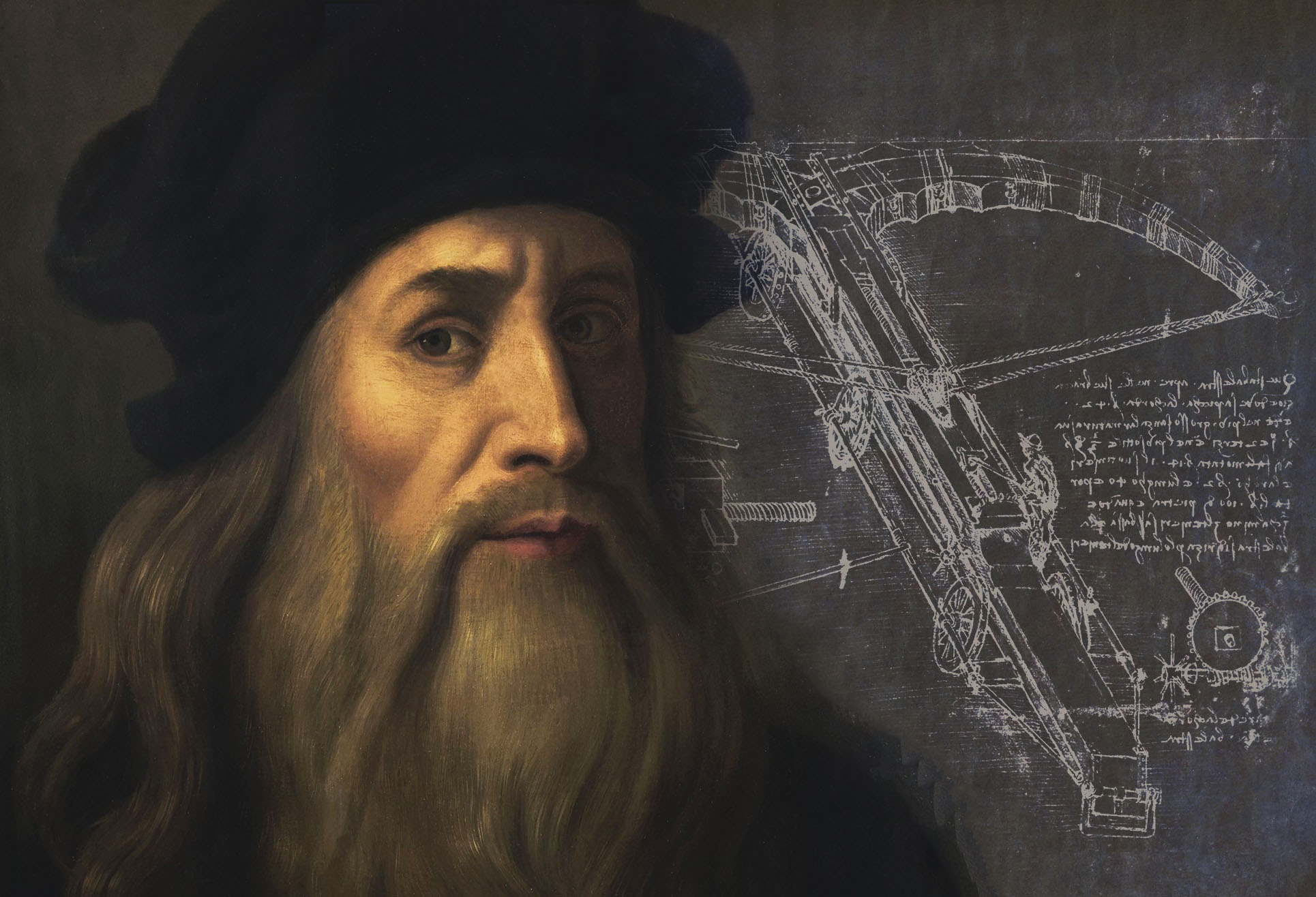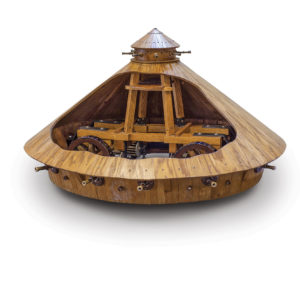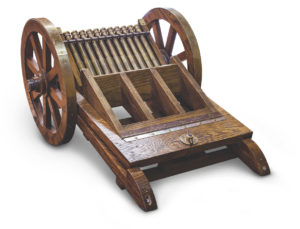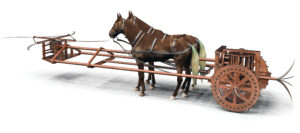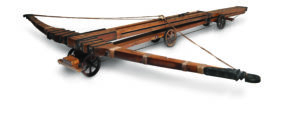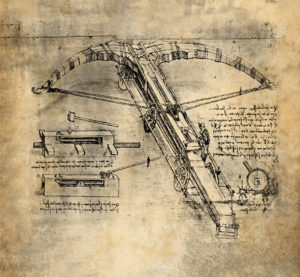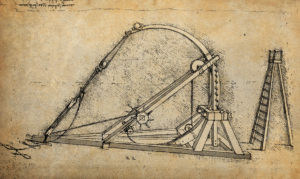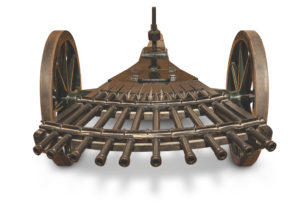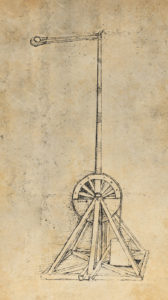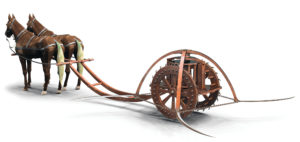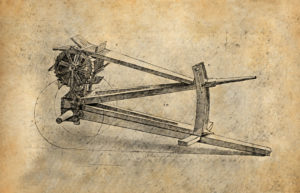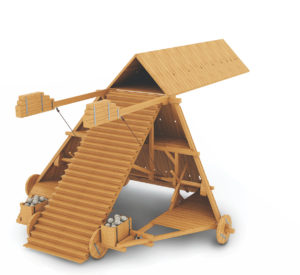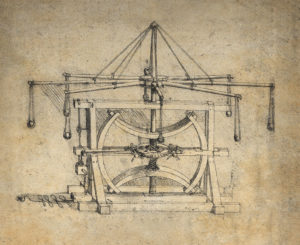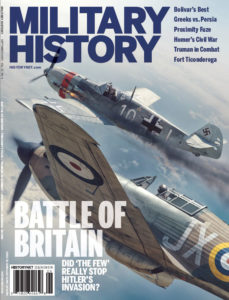Born on April 15, 1452, in the hamlet of Anchiano, near Vinci in the Republic of Florence, Leonardo di ser Piero da Vinci was the illegitimate son of a successful notary and a lower-class woman. His father, perhaps discerning Leonardo’s nascent artistic talents, provided the boy a basic education.
At age 14 Leonardo became a garzone (apprentice) to leading Florentine painter and sculptor Andrea del Verrocchio, and by his mid-20s he had established his own studio. Artistic pursuits were simply not enough to contain Leonardo’s infinitely inquisitive mind, however. While studying geometry and anatomy to hone his paintings and sculpture, he also plunged into drafting, cartography, architecture, woodworking, engineering, metallurgy, botany, paleontology, chemistry and astronomy.
Among Leonardo’s numerous inventions was a dazzling arsenal of weapons conceived both for the defense of Florence and for laying siege.
If that seems contradictory for a gentle man who so loved animals that he would buy caged birds only to release them, it must be noted the Italian Renaissance was an era of nervous creativity. In an environment where art blossomed amid violent power struggles between city-states, Leonardo learned to adapt and thrive.
Leonardo was residing in France at the invitation of King Francis I (who had acquired the Mona Lisa) when he died at age 67 at the Château du Clos Lucé on May 2, 1519. He is buried at the Chapel de Saint-Hubert in the Château d’Amboise.
Along with his contemporary Michelangelo, Leonardo is justly considered the true embodiment of the Renaissance man. MH
This article appeared in Military History magazine. For more stories, subscribe and visit us on Facebook:

